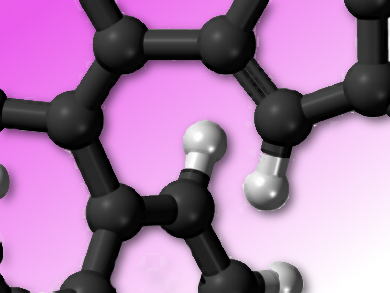Phil Baran and colleagues, The Scripps Research Institute (TSRI), La Jolla, CA, USA, USA, have developed a strategy for synthesizing molecular skeletons of chemicals used in drugs and other important products. The method combines C–C cross-coupling and cycloaddition. C–C cross-coupling, the method of choice in the pharmaceutical industry for synthesizing the skeletons of drug candidates, is limited in its ability to construct complex three-dimensional architectures. Cycloaddition reactions allow building highly complex 3D shapes in a single step. However, highly customized preparation often limits their use. This has led to a disproportionate representation of flat architectures that are rich in carbon atoms with orbitals hybridized in an sp2 manner.
The team combined the optimal features of these two chemical transformations into one simple sequence. This allows the modular, enantioselective, scalable, and programmable preparation of useful building blocks, natural products, and lead scaffolds for drug discovery. The new strategy overcomes a number of hurdles to synthesize molecules in a stepwise fashion, beginning by building a molecular scaffold using cycloaddition, setting its 3D shape, and then use of C–C cross-coupling to connect other molecular entities to the cycloaddition-built scaffold.
The team tested their method by constructing more than 80 examples of complex molecules, including natural products such as epibatidine and compounds currently produced at industrial scale but with different methods. In many cases, the technique offered advantages in terms of fewer steps, greater yield, and the ability to produce a wider variety of forms of certain molecules.
According to the researchers, their method allows to simply and efficiently build a wide variety of molecular architectures. This could speed the discovery of new drugs and the synthesis of natural products.
- Building C(sp3)-rich complexity by combining cycloaddition and C–C cross-coupling reactions,
Tie–Gen Chen, Lisa M. Barton, Yutong Lin, Jet Tsien, David Kossler, Iñaki Bastida, Shota Asai, Cheng Bi, Jason S. Chen, Mingde Shan, Hui Fang, Francis G. Fang, Hyeong-wook Choi, Lynn Hawkins, Tian Qin, Phil S. Baran,
Nature 2018.
http://dx.doi.org/10.1038/s41586-018-0391-9
Also of Interest
- Interview: The Charm and Appeal of Organic Chemistry,
Phil S. Baran, Frauke Zbikowski,
ChemViews Mag. 2017.
https://doi.org/10.1002/chemv.201700086
Interview with Phil Baran, who is well known for the synthesis of complex molecules - Radical Retrosynthesis,
Joel M. Smith, Stephen J. Harwood, Phil S. Baran,
Acc. Chem. Res. 2018.
https://doi.org/10.1021/acs.accounts.8b00209 - Video: Phil Baran on What Makes a Good Chemist,
ChemistryViews.org 2017.
Phil Baran about his research and what makes a good chemist



